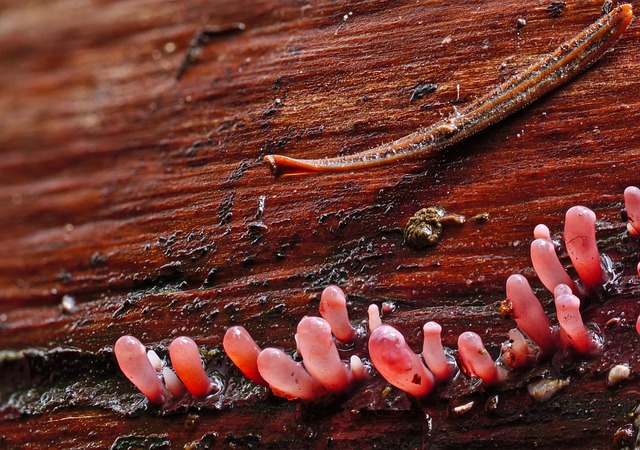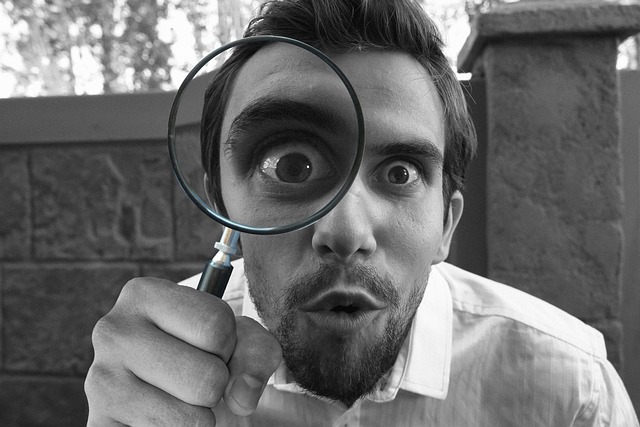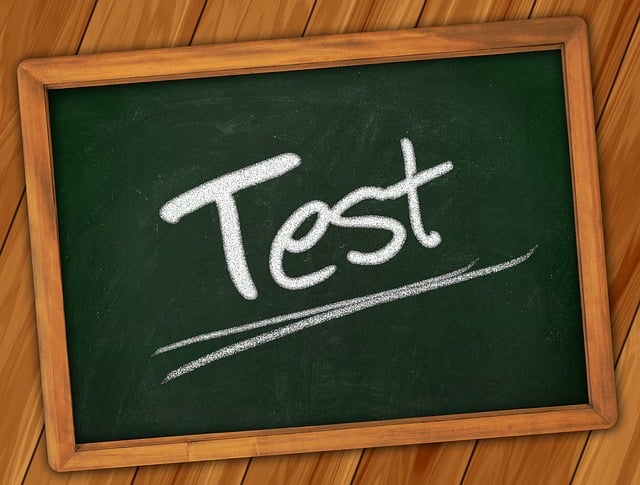TL;DR: After a water leak in Boerne homes, understanding lab results from mold inspections helps identify mold species and spore levels, guiding quick action like fixing leaks, drying areas, enhancing ventilation, and regular cleaning. Preventive measures include maintaining optimal humidity, using moisture-resistant materials, and routine home inspections to avoid costly mold damage. For Boerne residents, following these steps effectively prevents mold growth after water leaks.
After a water leak, understanding and interpreting mold inspection lab results is crucial for ensuring a safe and healthy home environment in Boerne. This guide breaks down the process of decoding lab data, providing essential insights into identifying and preventing mold growth post-leak. We offer practical steps, including a comprehensive action plan, to safeguard your property and create a mold-free haven, leveraging strategies tailored to Boerne’s unique considerations.
- Understanding Mold Inspection Lab Results: Decoding the Data
- Preventative Measures: Safeguarding Your Boerne Home Post-Water Leak
- Post-Leak Action Plan: Steps to Ensure a Mold-Free Environment
Understanding Mold Inspection Lab Results: Decoding the Data

Understanding Mold Inspection Lab Results: Decoding the Data
Interpreting mold inspection lab results is a crucial step in determining the extent of mold growth after a water leak in Boerne homes or buildings. The data provided by these tests can seem complex, but it offers valuable insights into the presence, type, and severity of mold contamination. Key factors to focus on include the species of mold identified, as different molds have varying levels of toxicity and health risks. Additionally, lab results should indicate the concentration or count of mold spores, which helps assess the potential impact on indoor air quality.
Knowing how to prevent mold after a water leak is just as important as understanding the results. Prompt action is essential—the faster you address the issue, the less likely mold will spread and cause further damage. This includes fixing the source of moisture, improving ventilation, using dehumidifiers, and implementing regular cleaning routines to deter future mold growth. By decoding the data from lab results and taking proactive measures, homeowners in Boerne can ensure a healthier living environment and avoid costly repairs associated with extensive mold damage.
Preventative Measures: Safeguarding Your Boerne Home Post-Water Leak

After a water leak, quick action is crucial to prevent mold growth in your Boerne home. The first step is to address the source of the leak and fix it immediately to stop any further water intrusion. Once the leak is contained, begin drying out affected areas as quickly as possible. Use fans, dehumidifiers, or even open windows (if weather permits) to expedite the drying process.
In addition to these immediate actions, implementing preventative measures is key. Consider enhancing ventilation in your home, especially in basements and bathrooms where moisture can accumulate. Regularly inspect for any signs of water damage or leaks, and address them promptly. Maintain proper humidity levels indoors, ideally between 30-50%, to inhibit mold growth. Finally, choose paint and finishes that are resistant to moisture, and ensure proper insulation to prevent condensation in colder months.
Post-Leak Action Plan: Steps to Ensure a Mold-Free Environment

After understanding lab result interpretations and implementing preventative measures, it’s crucial to act promptly on any post-leak issues. Following the suggested steps outlined in this guide—from assessing damage to ensuring a dry environment and considering professional help when needed—will help protect your Boerne home from mold growth after a water leak. Remember, quick action is key to preventing long-term health risks and costly repairs associated with mold contamination.
